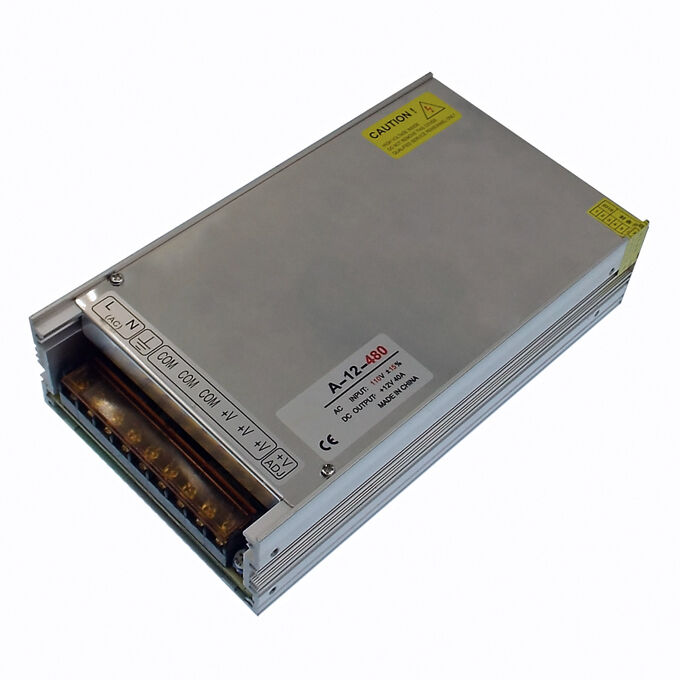calab said:
What chargers are you using in series and did you modify them for isolated grounds?
I bought them used on eBay. (not sure what brand, but they are NOT the cheap chinese stuff because I've done those)
They seem pretty decent and have held up for a couple years of heavy abuse.
Each power supply gets the same split from the garage plug so there is no weird stuff about how they are in Series.
Let me add... I built a "full splitter" that looks like spaghetti that takes the garage plug and does the split BEFORE it is spread out evenly to the power supplies so I think I can imagine an error where one might run power in Series which might not work too well. (the drain would be uneven)
They are well built with built in current limitation (under 40 amps... about 38 amps) and it seems they are pretty well designed to resist just about any stupid thing I might do like to connect the battery before turning it on and it forgives my error. (reverse surge protection)
I have upgraded the surge resistors that prevent the startup spike to new ones and they have been very reliable for the last year since I did that. Apparently the original surge resistors were cheap clones that did not live up to the spec.
And I even have extra "over rated" surge resistors if I want to go higher, but those have not been needed.
NTC-5D is stock and I bought some NTC-8D as backup.
Basically they have been rock solid for a long time.
I do 1500 watt charging as my daily routine.
------------------------------
Update :
12V 480W 40A Driver Adapter Switch Power Supply Converter for LED Strip Light
Found on ebay. They are this brand.
$35.99
https://www.ebay.com/itm/12V-480W-40A-Driver-Adapter-Switch-Power-Supply-Converter-for-LED-Strip-Light/252400487518?pageci=cebf4074-9958-43f5-85f4-7811814aea56&redirect=mobile
Chinese, but not their worst stuff.
Features:
12V 480W Single Output Switch
Widely ranged input voltage , steady & precise output voltage
Full load burn-in test.
Over current, over voltage, short circuit protection.
Low output ripple.
Warranty: 1 Year.
Specification:
Input voltage: AC110V
Input frequency: 50/60hZ
Output voltage: 12V
Output current: 40A
Screw Terminal Number : 9
Protections: overload/ over voltage/ short circuit


